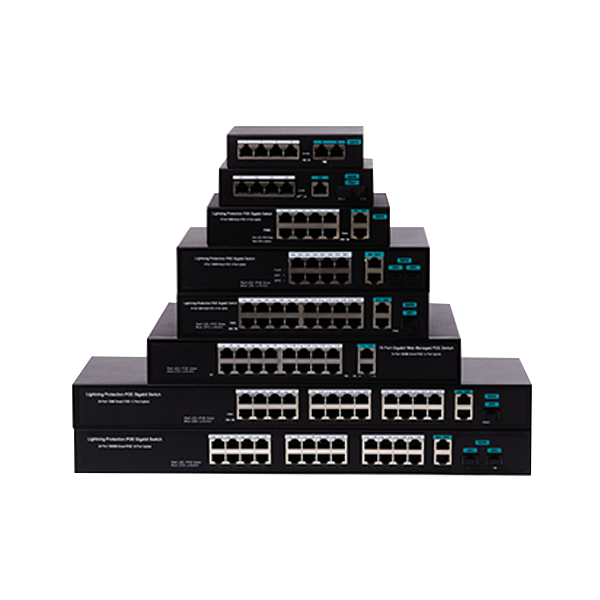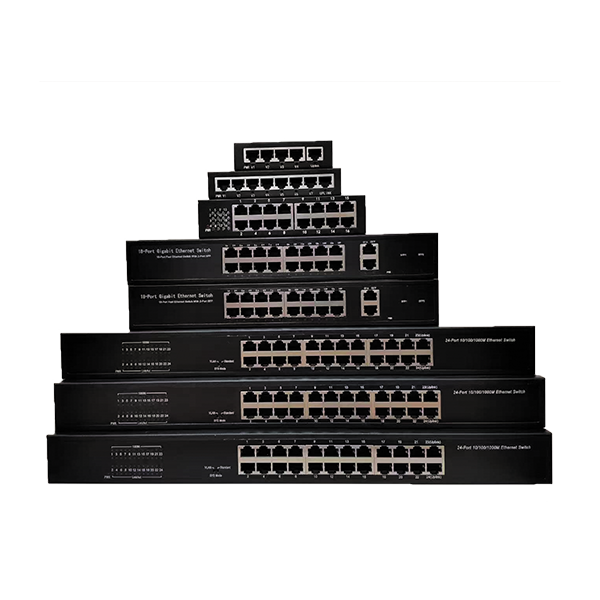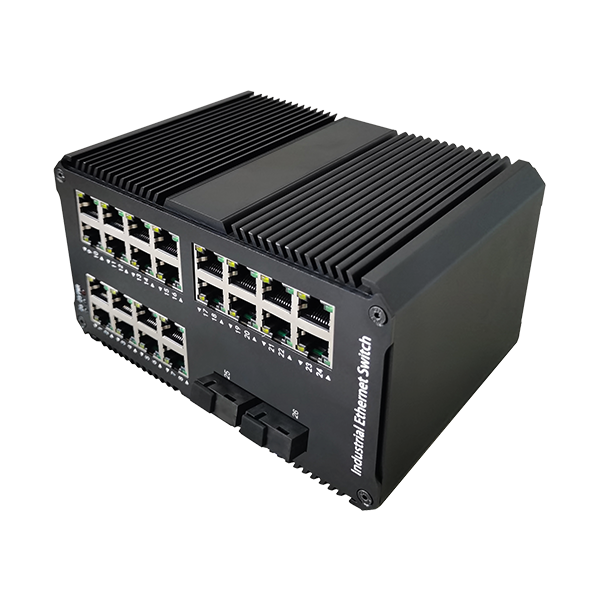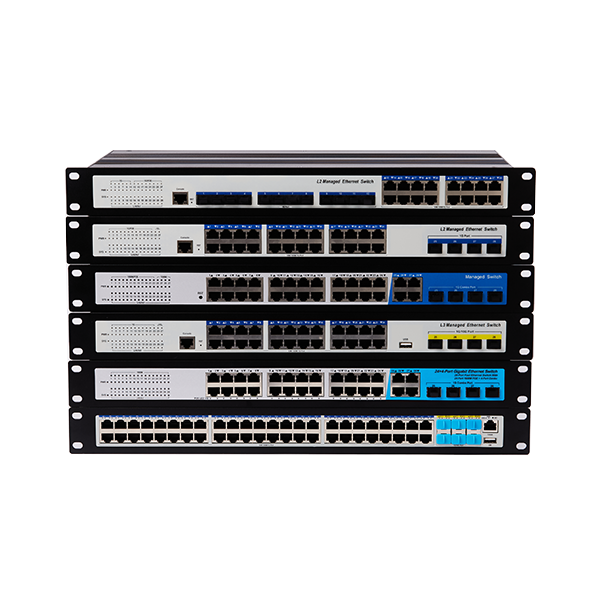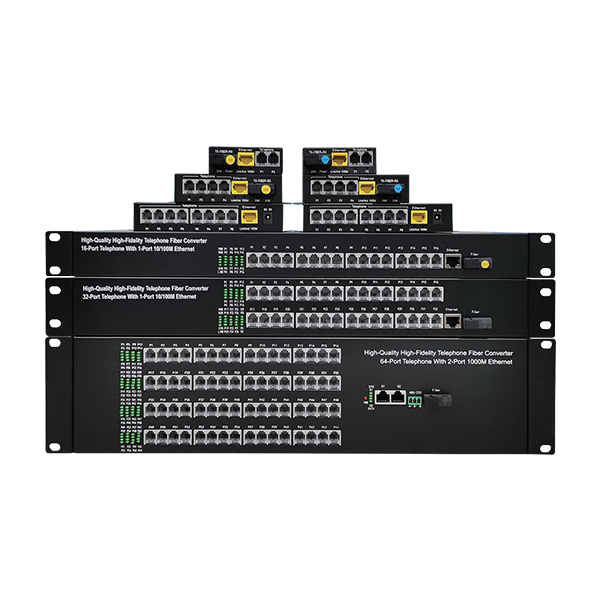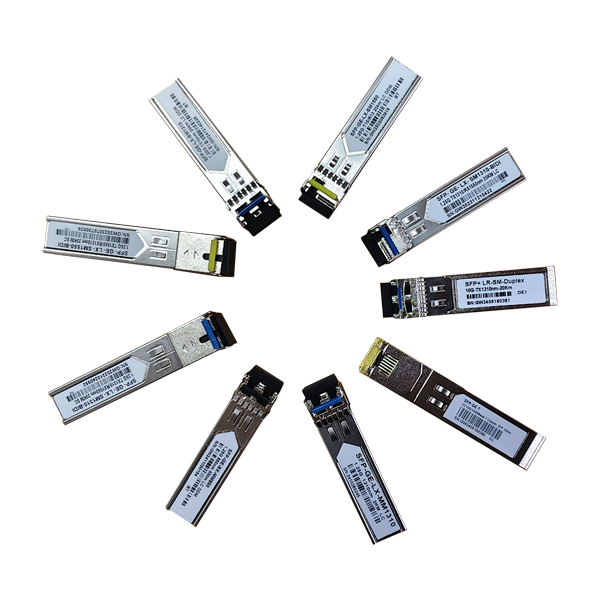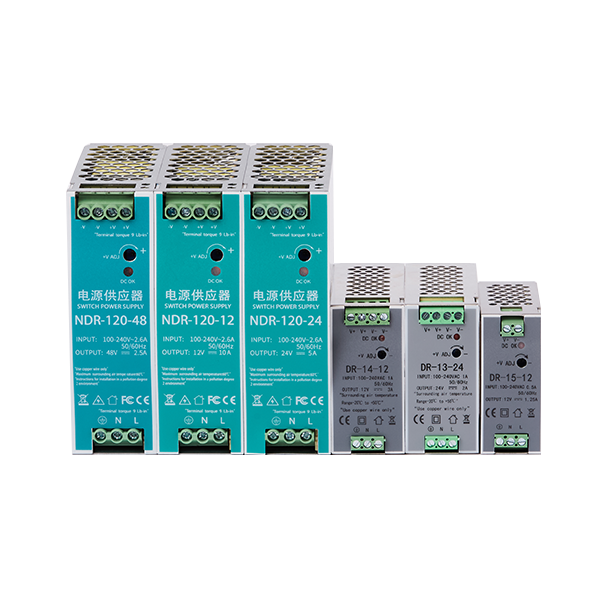Navigating the Nuances of Industrial Grade Switches: Essential Considerations
Release time:
Jun 01,2025
Introduction to Industrial Grade Switches
When it comes to industrial environments, having reliable equipment is non-negotiable. Enter the Industrial Grade Switch, a robust solution designed to meet the demanding conditions of factories, warehouses, and outdoor settings. But before diving into purchasing one, let’s pull back the curtain on some critical considerations.
What Makes an Industrial Grade Switch Special?
So, what’s the big deal about Industrial Grade Switches? It’s all about durability and performance! These switches are engineered to withstand extreme temperatures, dust, vibrations, and even moisture. If you think about it, they’re like the superheroes of networking equipment.
1. Environmental Conditions
First off, consider where your switch will live. Will it be in a climate-controlled room or exposed to the elements? For instance, if you’re in a humid area, look for a switch with an IP rating that indicates its resistance to water and dust. You don’t want to cut corners here!
2. Power Supply
Next up, let’s chat about power. Industrial settings often have unique power supply requirements. Many Industrial Grade Switches come with dual power inputs for redundancy. Imagine this: your switch goes down because of a power failure. Yikes! But with dual inputs, you can keep things running smoothly without a hitch.
3. Port Selection
Now, let’s talk ports. The number and type of ports on the switch can make or break your setup. Are you connecting multiple devices? Ensure your switch has enough Ethernet ports, and consider whether you need fiber optic connections for long distances. It’s all about planning for the future!
Performance Matters: Speed and Efficiency
Here’s a fun fact: the speed of your Industrial Grade Switch can significantly impact your network’s efficiency. Think of it like the difference between a sports car and a clunker. A higher data transfer rate means quicker communication between devices. So, if your operations rely heavily on real-time data, opt for a switch that supports Gigabit speeds or higher.
4. Management Features
Another thing to keep in mind is whether you need a managed or unmanaged switch. Managed switches offer advanced features like VLAN support, monitoring, and remote management. In contrast, unmanaged switches are more plug-and-play. If you’re looking for flexibility and control, go for the managed route!
Cost vs. Quality
Let’s face it — budget plays a huge role in any purchase. But remember, you often get what you pay for. Investing in a quality Industrial Grade Switch can save you in the long run by reducing downtime and maintenance costs. So, don’t skimp on quality just to save a few bucks!
5. Vendor Reputation
Lastly, research the vendor. Do they have a solid reputation for reliability and support? A great switch won’t do you any good if there’s no one to help you when things go south. Look for reviews, ask around, and choose a brand that stands by its products.
Conclusion: Make the Right Choice!
In the end, selecting the right Industrial Grade Switch is all about understanding your specific needs. By keeping these considerations in mind, you can ensure that your network remains robust and efficient for years to come. So, roll up your sleeves, do your homework, and make an informed decision. Your operations will thank you!
Related News






